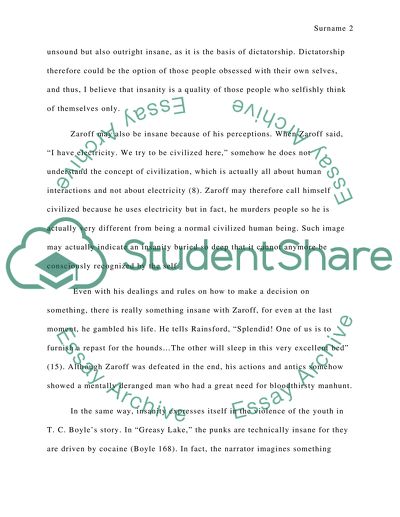Cite this document
(“Insanity Essay Example | Topics and Well Written Essays - 2000 words”, n.d.)
Retrieved from https://studentshare.org/psychology/1491932-insanity
Retrieved from https://studentshare.org/psychology/1491932-insanity
(Insanity Essay Example | Topics and Well Written Essays - 2000 Words)
https://studentshare.org/psychology/1491932-insanity.
https://studentshare.org/psychology/1491932-insanity.
“Insanity Essay Example | Topics and Well Written Essays - 2000 Words”, n.d. https://studentshare.org/psychology/1491932-insanity.


